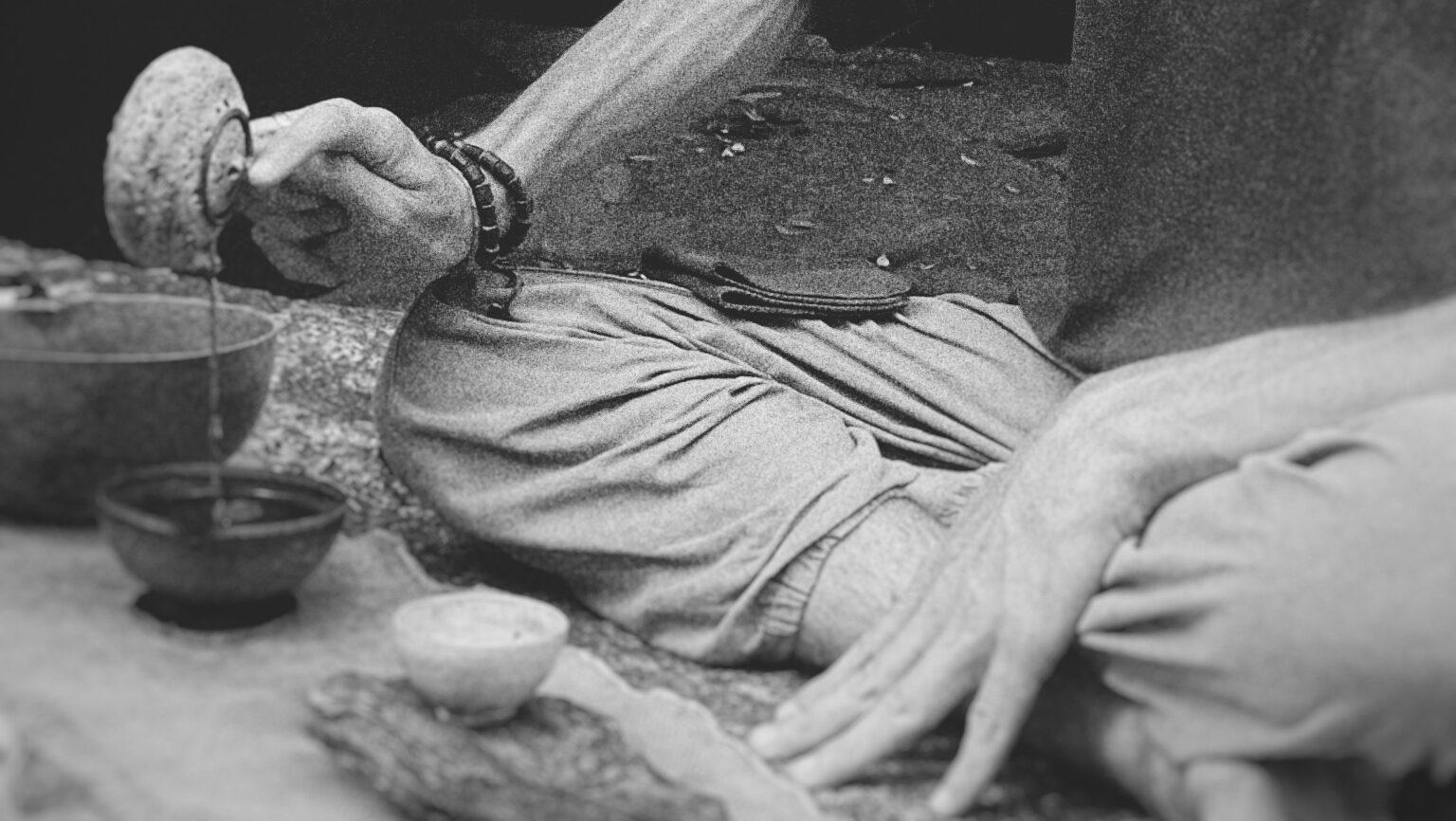Tea rituals
Organoleptic experiences
Most of Raphaël’s tea rituals are shared in a spontaneous and selfless manner, and commonly take place in ephemeral spaces leading to the emergence and cultivation of harmony, peace, and compassion. Infused with a singular approach and philosophy, they are a reflection of his journey with tea, its related arts, multifaceted heritage and traditions, while additionally aiming to be accessible and educational from a more practical and empirical perspective. This catalyst allows him to craft oases and refuges of quietude and tolerance that are conducive to the introduction of tea to other souls, while inviting them to explore and cultivate the transient, slow silences that color the practice of the way of tea. Those humble offerings also stand as a way for Raphaël to express his gratitude and honor the essence, depth, and richness of the boundless teachings and sacredness of tea.
Scheduled public events related to these offerings will be announced on this dedicated page. All public events are offered on a donation basis. If you are looking to book Le cerf-volant’s tea services for a public or private event, please feel free to get in touch with Raphaël directly.

Lǎo Rén Chá 老人茶
Gān Pào 乾泡 (Dry Brewing) Style
Introspective – Humble – Organic
- Ideal for: People new to tea and looking to explore the nourishing, contemplative, and soothing qualities of its languages
- Teas shared: Organic or naturally grown Taiwanese teas, Chinese hēichá 黑茶 (will be tailored based on the event and availability)
- Number of guests: 1 – 5
- Duration: 1 hour to 1 hour and a half
- Event type: Public

Gōng Fu Chá 工夫茶
Cháozhōu 潮州 Style
Traditional – Precise – Rigorous
- Ideal for: People already familiar with tea and looking to further explore the complexity of the oolong tea category’s spectrum
- Teas shared: Organic or naturally grown Taiwanese teas, Chinese yán chá 岩茶, dān cōng 单枞 (will be tailored based on the event and availability)
- Number of guests: 1 – 3
- Duration: 45 minutes to 1 hour
- Event type: Private (booking required)
Photo credit: Wilson Twl

